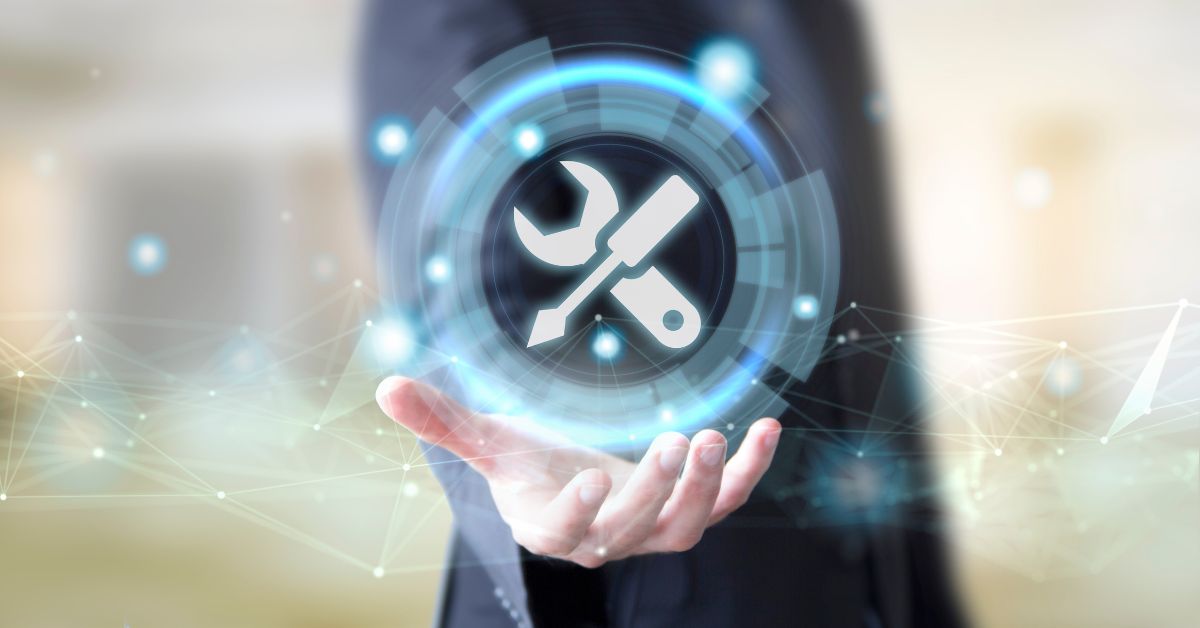Which Estimation Units Should Your Teams Use For Work Items?
Why estimate in the first place?
At the feature level, you want estimates so you can figure ROI (Return On Investment), so the business and product owners can prioritize one feature against another
At the roadmap & backlog level, most organizations want to be able to forecast, be it at the feature level or release level, so you need to be able to understand what is your organization’s capacity, and translate it into plans with dates and deliverables, milestones etc.
At the finer-grained, work-item level (typically User Story), you want to help teams understand their capacity so they can take on the right amount. In particular in teams that use a frequent planning cadence, such as that prescribed by Scrum
Still at the team level, team members setting expectations on the amount of work they plan to complete can surprise themselves, learn, and improve.
At the team level, you want to understand whether a work item is small enough, might want teams to discuss estimates as part of creating a common understanding about work and align their views









